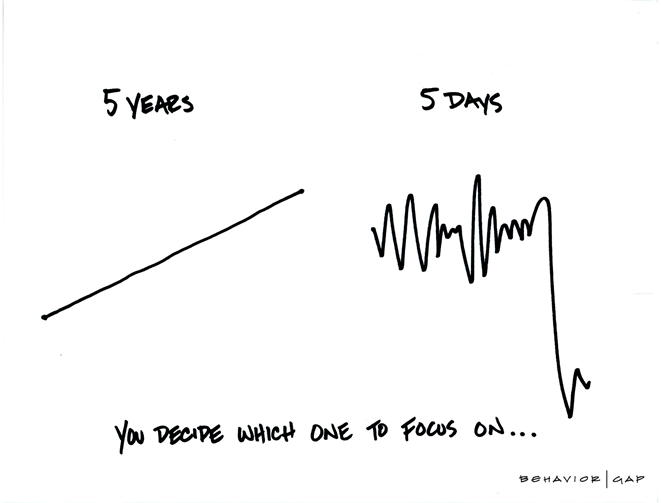
Comments on the Market Correction (January 2022)
The Market Sell Off of January 2022
The start of 2022 has reminded us that markets do not go up in a straight line, but rather price declines and volatility are part of being a long-term investor. Investors have greatly benefited from unprecedented levels of fiscal and money support, with an end result of highly appreciated asset values (i.e.. stocks, bonds, real estate, cryptocurrency, etc.) and consumer net worth near record highs. Below is a chart showing appreciation of various stock markets over the past 5 years.

The stimulus to stave off a deep, global recession from the COVID-19 pandemic has not only resulted in a “wealth effect” but has also led to the highest levels of inflation on record since the early 1980’s. To tame higher prices (inflation), the Federal Reserve (“Fed”) is embarking upon a new path of monetary policy that includes reducing their asset purchases (“Taper”) and raising interest rates. One unfortunate outcome from a policy tightening cycle is a volatile and choppy market environment, which we have outlined extensively in our past few newsletters. Add in a mid-term election year and some geopolitical concerns (Russia/Ukraine and China/Taiwan), we had the backdrop for a market correction.

Market Corrections and Investor Behavior
Markets corrections are natural, normal, and healthy for a market but in the speed of today’s environment, the downside move occurs more quickly, an often-painful flush of panic where prices often overreact to the downside (similar to how valuations can become stretched on the upside). We have experienced two significant corrections in the last 4 years, where stock markets experienced an intra-year sell-off of -20% (2018) and -34% (2020).
If we step back and study past market corrections, we can understand how deep and how frequent the losses have been.

From the table above, investors can expect a double-digit market correction roughly 2/3rds of the time. In fact, the average annual drawdown from peak-to-trough since 1928 in the U.S. stock market is -16.3%. Thus, it’s important to remember that sell-offs (market corrections) are a feature of investing (not a bug), and in order to achieve successful long-term market returns, investors will experience these challenging environments along the way.

As outlined in the graphic above, investor behavior and asset allocation are the critical characteristics that determine long-term investment success. On Investor Behavior, investing can be an exceptionally difficult endeavor, especially at the turning points – emotions are the single greatest hurdle to success. After all, even the best investment strategies will endure periods of underperformance or capital losses – capital growth is only possible for investors capable of enduring these periods and remaining steadfast. On Asset Allocation, building a diversified portfolio around a given risk level is the foundation of an investment strategy; all else being held equal, this will determine the majority of investment performance.
We understand that investors want to participate in all the upside but none of the down. This is a utopia that does not exist for investors. However, it’s the decisions made during times of adversity that will set the course for the future (investor behavior). The most successful investors often deploy new money during time periods of extreme market stress when fear is at its apex – this is often when the largest gains can occur. While new purchases may see temporary price declines because timing the bottom is impossible, buying assets when things are on sale (“blood in the streets”) has always proven successful over the long-term. As Cullen Roche once said: “the stock market is the only market where things go on sale and all the customers run out of the store.”

Thoughts from here?
We want to reassure clients that we remain constructive on the markets (long-term), even if the current environment is scary (short-term). We will continue to monitor all markets closely for signs of stress or areas of opportunity. The unfortunate truth is no investor knows how much lower prices can go, nor the duration of this correction. We believe our economy, corporate earnings, and the consumer all remain on healthy footing for further growth ahead, even if the path is bumpy along the way. What’s important to remember is staying disciplined and avoiding rash decisions. With our help, each investor should continue to assess their time horizon, financial goals, and cash flow needs during these market events. Through this assessment, we’ll be able to evaluate your ability to tolerate risk in the context of achieving your financial goals.

At Sandbox Financial, we’ll continue to be disciplined and diligent in our guidance, operating in your best interests, all the time. This is something we take very seriously. In closing, the chart above is a reminder that good markets (“bull markets”) are longer in duration and greater in return, then the bad markets (“bear markets”). This is reason we continue to discuss the importance of time, risk allocation and investor behavior as a guide during times of stress.
